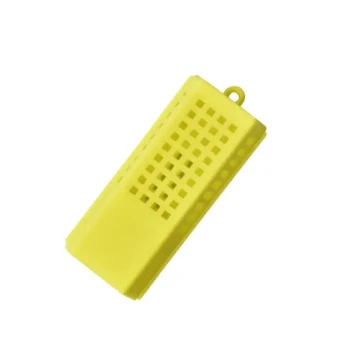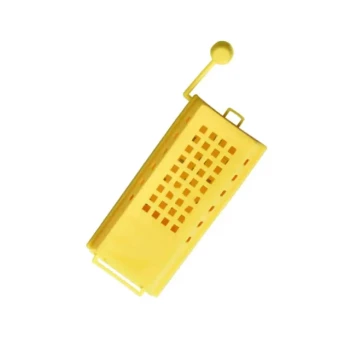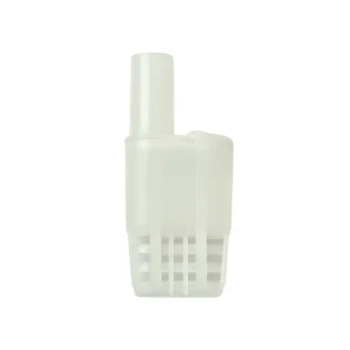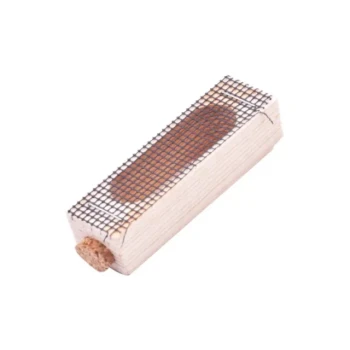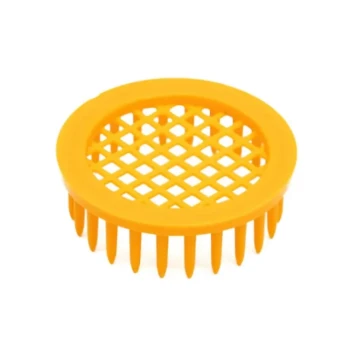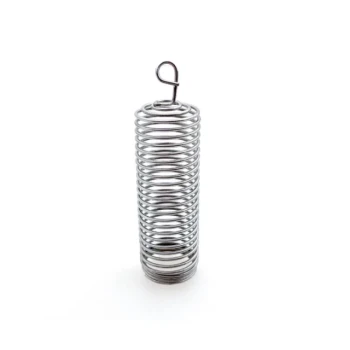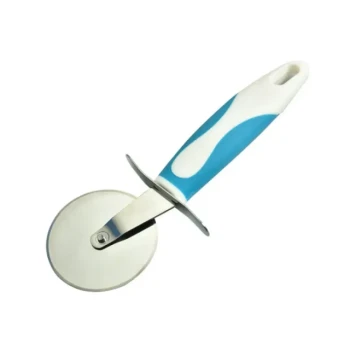In short, no. Marking a queen bee is not an essential requirement for a successful hive inspection. An experienced beekeeper can confirm the queen is present and productive simply by finding frames with fresh, properly laid eggs, which is the definitive sign of a healthy, laying queen.
While not strictly necessary, marking your queen is one of the most effective techniques a beekeeper can employ. It transforms inspections from a time-consuming search into a quick, efficient assessment, directly improving hive management and reducing stress on the colony.
The Case for Not Marking Your Queen
For beekeepers who prefer a more hands-off approach or have developed a keen eye, forgoing the marking process is a perfectly viable strategy. The health of a colony can be accurately assessed without ever physically seeing the queen.
The "Egg Test" is the Ultimate Confirmation
The most reliable sign of a queen's presence is not seeing her, but seeing her work. Finding frames containing recently laid eggs—tiny, white, rice-shaped specks standing upright in the bottom of a cell—confirms the queen was alive and active within the last three days.
This single observation is often all that is needed to verify the colony is "queenright" and proceed with the rest of your inspection.
Spotting an Unmarked Queen
With practice, finding an unmarked queen becomes much easier. Experienced beekeepers locate her by systematically scanning the brood frames. They look for her slightly longer body, her deliberate movement, and a subtle "retinue" of nurse bees that turn to face and attend to her as she passes.
The Strategic Value of a Marked Queen
While you can get by without it, marking the queen provides clear, tangible benefits that streamline hive management, especially for new beekeepers.
Drastically Improved Inspection Speed
A small, brightly colored dot on the queen's thorax is incredibly easy to spot against the backdrop of thousands of bees. This allows you to find her in seconds rather than minutes, reducing the total time the hive is open.
Less time spent on inspections means less stress for the colony, less disruption to their work, and a lower chance of defensive behavior.
Accurate Age and Lineage Tracking
Beekeepers use an international color code to mark queens based on the year they were hatched. This system provides an instant visual reference for the queen's age, which is critical information for deciding when to requeen and for evaluating her performance over time.
Immediate Swarm or Supersedure Alerts
If you open a hive and see an unmarked queen when you know you previously marked her, you have instant, valuable information. This tells you the colony has either swarmed (your old queen left) or performed a "supersedure" (they replaced her themselves). This knowledge is vital for diagnosing colony health and behavior.
Reduced Risk of Accidental Harm
The longer you spend searching for an unmarked queen, the more frames you have to manipulate. Finding a marked queen quickly allows you to set her frame aside safely, virtually eliminating the risk of accidentally rolling or crushing her during the rest of the inspection.
Understanding the Trade-offs: The Risks of Marking
The process of marking a queen is not without risk. It requires a steady hand, the right tools, and a calm approach to avoid harming the most important bee in the colony.
The Danger of Physical Injury
The primary risk is physically harming the queen. When capturing and holding her, it's possible to apply too much pressure, crushing her thorax or abdomen. Using a dedicated queen marking tube or cage helps immobilize her safely without direct handling.
The Risk of Hive Rejection
A queen's scent (pheromones) is critical to her acceptance by the hive. Getting paint on her antennae, eyes, or wings can alter this scent profile. The result can be catastrophic, as the worker bees may no longer recognize her and may "ball" and kill her.
To prevent this, use only non-toxic, water-based marking pens and apply a single, small dot to the center of her thorax—the hard plate on her back.
Why Timing Is Critical
The best time to mark a queen is after she has successfully mated and has been laying eggs for a couple of weeks. This ensures she is fully accepted by the colony and settled into her role, minimizing the risk that the stress of marking will cause issues.
How to Decide: Is Marking Right for You?
Choosing whether to mark your queen depends entirely on your beekeeping goals and experience level.
- If your primary focus is minimal intervention and you have experience: You can confidently rely on finding fresh eggs to confirm your colony is queenright without marking her.
- If your primary focus is efficiency and data-driven management: Marking the queen is a non-negotiable tool that provides instant data on her age and presence.
- If you are a new beekeeper: Marking the queen is highly recommended to build your confidence, speed up inspections, and reduce the risk of accidentally harming her.
Ultimately, marking a queen is not a requirement, but a powerful management choice that transforms hive inspections from a search into a confirmation.
Summary Table:
| Aspect | Marking the Queen | Not Marking the Queen |
|---|---|---|
| Inspection Speed | Fast (find her in seconds) | Slower (requires careful search) |
| Queen Age Tracking | Easy with color codes | Difficult or impossible |
| Risk to Queen | Low (if done correctly) | Higher (risk of accidental harm) |
| Skill Level | Beneficial for all, ideal for beginners | Best for experienced beekeepers |
| Key Confirmation | Visual sighting of the marked queen | Finding fresh eggs (the "egg test") |
Ready to Streamline Your Beekeeping Operations?
For commercial apiaries and equipment distributors, efficiency and reliable data are key to profitability. The practice of marking a queen bee is a perfect example of a small investment in time that yields significant returns in hive management.
At HONESTBEE, we supply the high-quality, durable beekeeping supplies and equipment that professionals like you depend on. From precision queen marking kits to essential hive tools, our wholesale-focused operations ensure you get the reliable gear you need to manage your colonies effectively.
Let us help you enhance your apiary's productivity. Contact our team today to discuss your specific needs and discover how our products can support your success.
Visual Guide
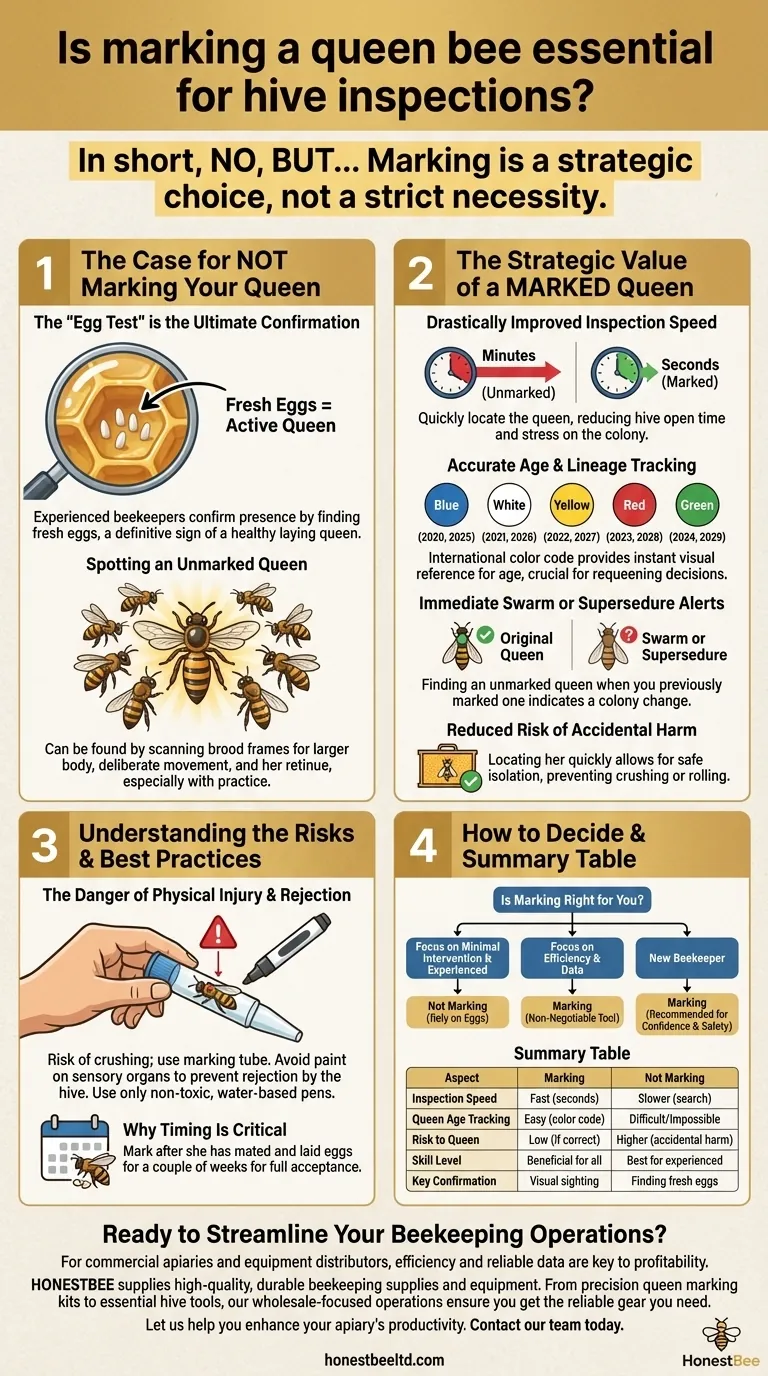
Related Products
- Queen Bee Marking Pen POSCA Queen Marking Pens for Beekeeping Bee Markers
- Queen Bee Marking Pen UNI Medium Point for Queen and Bee Marking
- Queen Bee Marking Tube Cage Bottle Catcher Holder with Clear Plastic Plunger Marker
- Professional Engraved Round Hive Number Tags for Beekeeping
- Professional Galvanized Hive Strap with Secure Locking Buckle for Beekeeping
People Also Ask
- What is the purpose of marking queen bees with colors? Essential for Hive Management & Efficiency
- What type of markers are commonly used for marking Queen bees? Choose the Safe, Non-Toxic Standard
- Where is the queen bee typically marked? A Guide to Safe & Effective Queen Identification
- What should you do immediately after marking a bee? Ensure a Clean, Durable Mark with This Key Step
- What are the benefits of marking a queen bee? Boost Efficiency & Hive Health







